Explore the Latest 3D Rendering Trends in 2024
Welcome to the dynamic world of 3D rendering, where technology and design intersect to create immersive and visually engaging experiences. In 2024, 3D rendering continues to evolve, introducing exciting trends and advancements that redefine the boundaries of creativity.
Join iRender to dive into the latest 3D rendering trends that are shaping the industry this year.
Understanding of 3D Rendering Trends
3D rendering is the process of generating a two-dimensional image or animation from a three-dimensional model using computer software. It involves simulating the lighting, textures, materials, and shadows of a 3D scene to create a realistic representation of the object or environment.
What are 3D Rendering Trends?
Hence, we can define 3D rendering trends as the current and emerging patterns, innovations, and practices in the 3D rendering industry. These trends include technological advances, innovative approaches, and industry changes shaping how 3D models and scenes are visualized, presented, and experienced.
All trends aim at increased rendering performance and brand-new user experiences. For example, virtual reality, AI technology, green rendering, etc.
The Importance of 3D Rendering Trends
Working in the dynamic 3D rendering world, keeping up with the latest 3D rendering trends is essential for 3D artists for some reasons:
- Stay relevant and competitive in the industry. By applying the latest techniques and technology, artists can create work that matches modern standards and customer expectations.
- Professional growth and development: Knowledge of 3D rendering trends allows them to adapt to customer needs, industry demands, and technological advances. Thus, it drives continuous improvement in their career.
- Understand and communicate with customers: Artists can use their knowledge of current trends to discuss visual concepts, present creative ideas, and provide clients with insights into developments in the industry.
- Connect and Collaborate: Participating in 3D rendering trends helps artists connect with people having the same passion. This network can open valuable opportunities for career paths.

3D rendering image via chaos.com
Top 8 Latest 3D Rendering Trends in 2024
1. Real-time Rendering Revolution
Real-time rendering is one of the most important trends shaping the world of 3D rendering. In the past, rendering high-quality 3D graphics required a lot of effort, time, and computational power. But since the advent of real-time rendering engines such as Unreal Engine and Unity, rendering performance has improved dramatically. Real-time rendering not only delivers fast results but also allows for immediate interaction and editing of images in real-time.
As a result, real-time rendering brings advantages to many industries such as architecture, video games, and product design… However, real-time rendering still requires powerful hardware. Shortly, as hardware improves, this technology will play an important role in workflow and user experience.
2. AI-Powered Rendering
The integration of artificial intelligence (AI) in the rendering workflow is revolutionizing the industry.
- Innovative design: AI algorithms can generate design options based on predefined parameters. Thus, 3D artists just need to set criteria and AI will create many designs that meet those factors. These approaches can help 3D artists save time and explore new design possibilities.
- AI-powered rendering: On the other hand, AI helps automate the rendering process. It can accurately predict how natural light interacts with each other and with objects in the model. This makes the rendering more accurate and realistic. Furthermore, spaces that maximize natural light also improve energy efficiency, leading to sustainable design.
We can expect smarter rendering solutions when AI becomes more developed soon.

AI-powered rendering image via stambol.com
3. Extended Reality (XR) Applications
Extended Reality (XR) applications are bringing new experiences to customers. Extended reality (XR) is a term that refers to the combination of virtual reality (VR), augmented reality (AR), and mixed reality (MR) technologies.
- Virtual Reality (VR): Simulated experience, separate from the real world. It is delivered through a headset and creates a three-dimensional environment allowing users to interact and explore their surroundings.
- Augmented Reality (AR): Overlays digital information onto the real world, enhancing the user’s perception of the physical environment. AR is often experienced through smartphones, tablets, or AR glasses.
- Mixed Reality (MR): Combines both virtual and augmented reality.
Many sectors such as education, healthcare, and retail will leverage XR experiences in advertising and customer engagement. In addition, optimizing 3D content for the XR environment is also important to both achieve high efficiency and enhance high-quality experiences.
4. Hyper-Realism and Ray Tracing
Artists and content creators are pushing the boundaries of hyper-realistic imagery, aiming to blur the lines between digital and physical reality. Thanks to advanced software and hardware capabilities, you can create lifelike textures, lighting, and environments.
In particular, Ray Tracing technology revolutionizes rendering by accurately simulating the behavior of lighting, reflections, and shadows in virtual environments. This technology enhances image realism for video games, visual effects, architectural visualization, and more.
The combination of surrealism and ray tracing offers audiences and consumers new experiences of realism and immersion in digital content.
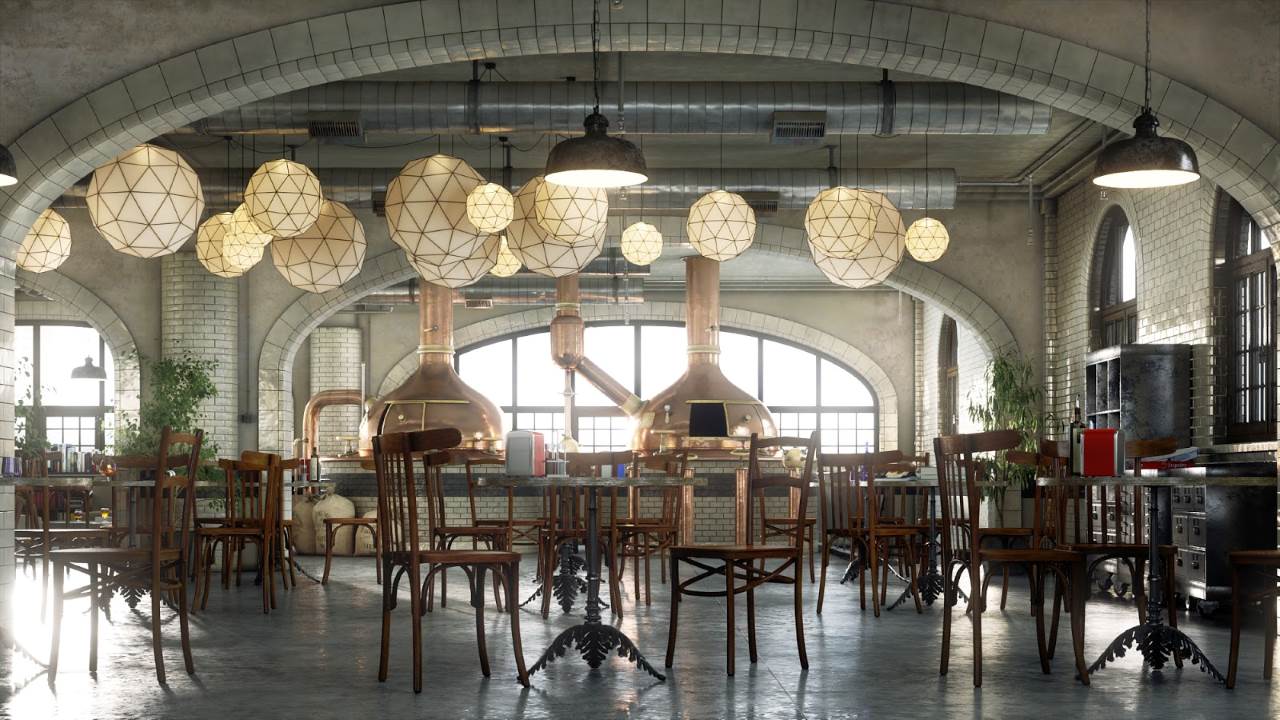
Rendering image with Ray tracing via developer-blogs.nvidia.com
5. Mobile and Cloud Rendering
Thanks to the rendering engine’s compatibility with mobile devices, mobile rendering was born. Mobile rendering enables the creation and display of 3D content on the go. Thanks to that, designers can freely work anywhere without the need for specialized hardware.
Additionally, cloud rendering services like iRender provide users with efficient rendering solutions, especially suitable for large projects. With iRender, you can offload rendering tasks to the cloud, increasing flexibility and rendering efficiency. This makes a lot of sense for large remote teams and studios.
6. Sustainable Design and Green Rendering
Growing global awareness of environmental sustainability requires the 3D rendering industry to adopt greener measures as well. As we know, the rendering process requires significant computational resources. This leads to high energy consumption and carbon emissions. Thus, finding new sustainable solutions that minimize the environmental impact is essential.
Current 3D design creations optimize energy (light, water, temperature…) and construction resources. Then, algorithms and hardware are optimal to achieve high image quality but reduce resource requirements. Furthermore, today’s cloud rendering services also utilize renewable energy sources to protect the environment.
At iRender, we use 100% electricity generated by solar power which is natural & friendly to the environment. Every time you use iRender for rendering, you contribute to reducing carbon dioxide emissions and protecting our green planet.
7. Holographic Rendering
Holographic rendering is the prominent trend in 3D rendering for 2024. It is the process of creating and displaying three-dimensional images or scenes using specialized techniques and technologies. This advanced form of rendering goes beyond traditional two-dimensional representations, allowing for the creation of interactive and immersive 3D holograms that can be viewed from different angles and perspectives.
Three-dimensional rendering delivers an unprecedented new visual experience. It allows users to interact with lifelike 3D holograms in real-time. This technology brings a new dimension of realism and interactivity, revolutionizing storytelling, entertainment, and experiential marketing. It plays a particularly important role in architecture, healthcare and education, media, and product design.
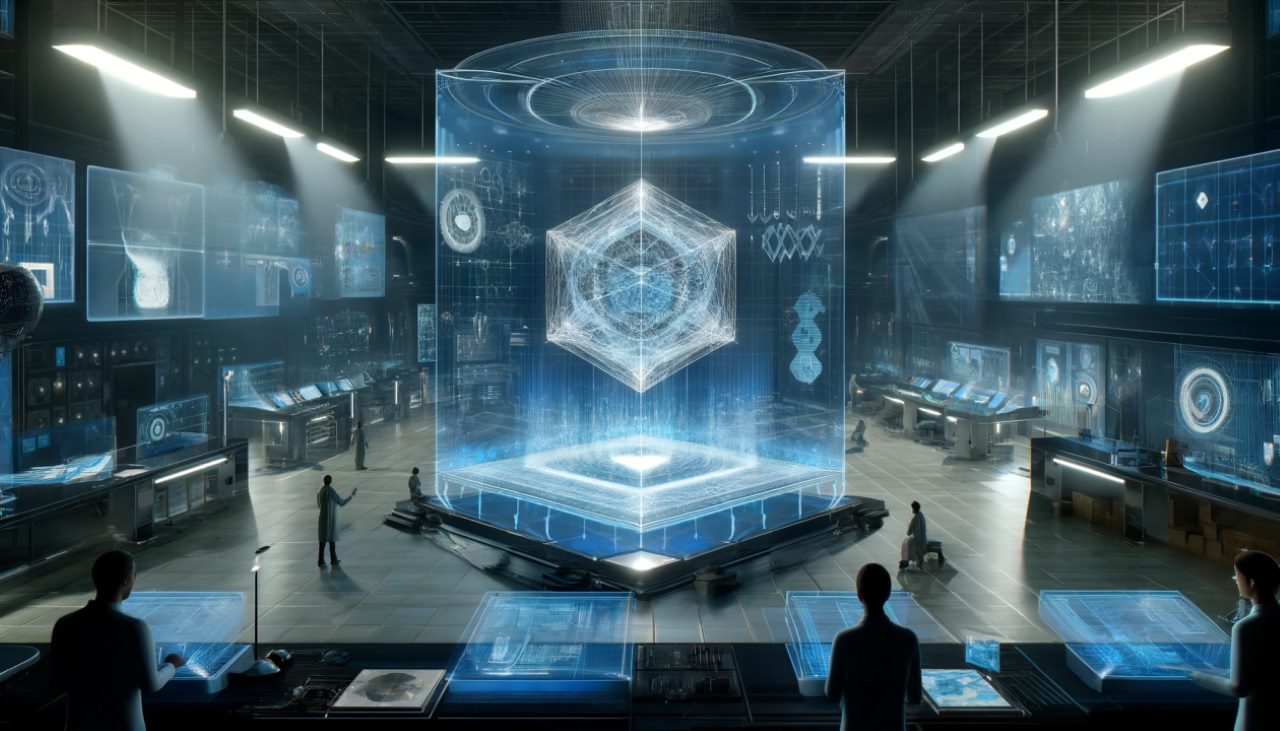
Holographic rendering image from Rick Spair via linked.com
8. Blockchain and Digital Asset Management
Blockchain technology changes the way 3D artists own and manage digital assets. This has great significance in the 3D rendering industry because thanks to blockchain, transactions become more secure and transparent. Users can also track the origin of digital assets (3D models, textures and animations,…). Thus, this technology not only increases trust and authenticity but also promotes collaborative and commercial 3D projects.
Furthermore, smart contracts on blockchain platforms automate royalty payments and licensing agreements. It provides a decentralized and transparent system for compensating content creators and licensors. With a marketplace for 3D assets powered by blockchain technology, artists can make money but still secure intellectual property rights for their products.
Final Thoughts
In short, 3D rendering trends in 2024 show us many technological advancements toward sustainable environmental protection. This shows us the vibrant development of the 3D rendering industry. We will witness more rendering achievements to bring great experiences soon.
iRender - The best Cloud Rendering solution in 2024
Are you looking for a render farm to experience the latest 3D rendering trends, come to iRender. Weprovides high-configuration servers that increase CPU and GPU rendering speeds. We support all 3D software and render engines. Our service will give you full control over the servers you rent. Therefore, you are free to create your own working environment.
In addition, we are committed to using 100% solar renewable energy. Together with real-human 24/7 support, we guarantee to bring you the best rendering experience.
iRender also offers the most powerful RTX 4090 configuration packages on the market, all equipped with AMD RyzenTM ThreadripperTM PRO 3955WX @ 3.9 – 4.2GHz and AMD Ryzen™ Threadripper™ PRO 5975WX @ 3.6 – 4.5GHz processors, 256GB RAM and 2T NVMe SSD hard drive capacity. With a wide range of GPU servers (1/2/4/6/8x) – RTX 4090, you can choose the server that suits your needs to start the rendering process.
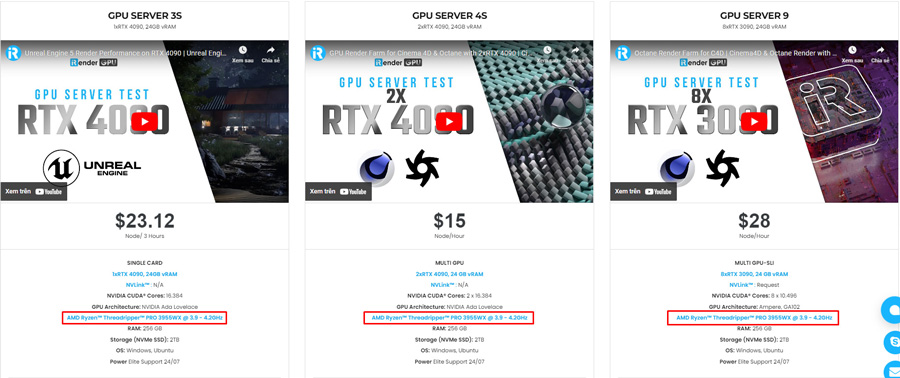
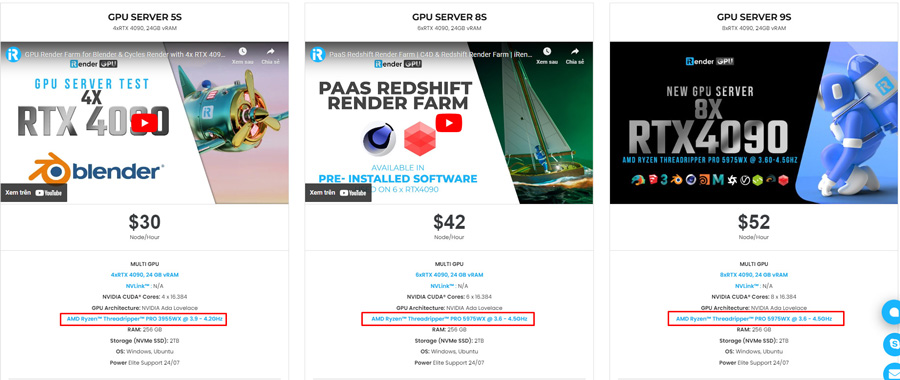
Register now to get a trial and receive a 100% bonus promotion for your first transaction within 24 hours of registration with us.
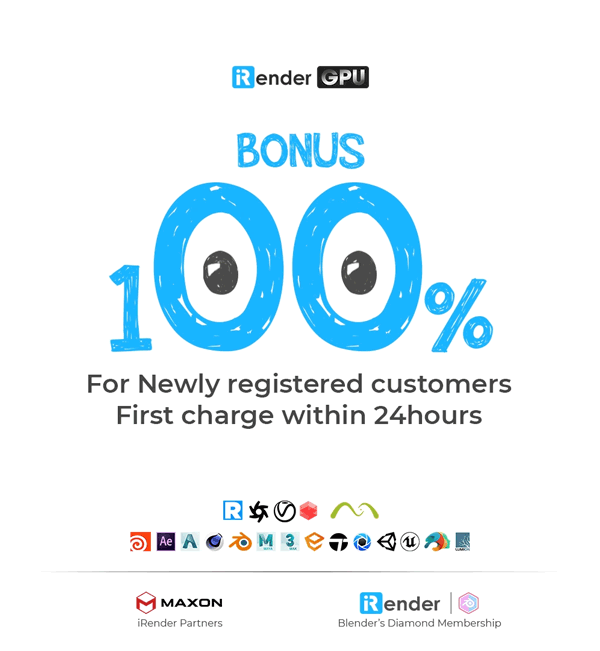
For more detailed information, please contact us via Live chat 24/7 or Zalo: +(84) 962868890 or Email: [email protected]
iRender – Happy Rendering!

